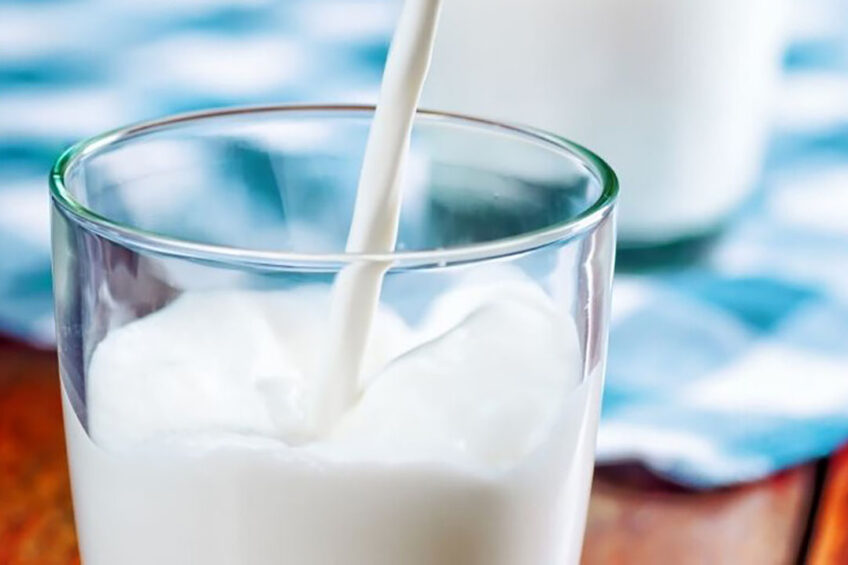Dairy milk management in Israel

In Israel, the climate is either cold and rainy in winter or dry and hot in summer, and overall, the country has limited water resources. Despite these conditions, average milk production per cow in Israel has increased dramatically since the 1950s, from 4,000 kg annually to more than 12,000 kg in 2021.
Israel has 2 farming systems – the kibbutz large collective farm units; and the moshav, which are family herds organised as a cooperative. There are some 270 kibbutzim in Israel, and approximately 450 moshavim.
A typical kibbutz will have between 500 to 900 animals with 8 or 9 employees. Cows are milked 3 times per day. Moshav farms tend to be smaller with around 250 cows, with 3 or 4 employees. But both unique communities have had to adapt to a rapidly changing social and economic reality.
Milk production
Total milk production in Israel is about 1.6 billion litres per year. Advanced technologies including computerised milking and feeding systems, cow-cooling systems, and milk processing equipment, combined with unique farm management techniques, have led Israel’s dairy industry to become a global leader in efficiency, production, and sustainability.
All dairy production is overseen by the Israeli Dairy Board (IDB), which is owned and operated by the government of Israel, major processing companies, and the dairy farmers themselves. Under the IDB, dairy farmers are subject to monthly quotas to divide the annual volume of milk production.
Because of Israel’s climate and constrained water supply, it is not a significant producer of corn, and no corn is cultivated for feed use. Being the main commodity used by Israel’s feed industry, corn and other grains for ruminant feed must be imported.
Worldwide, inflation has affected feed costs for dairy farmers and, in turn, consumer milk prices. In August 2022, the IDB approved a price hike of 4.9% for dairy products country-wide.
The inflated rate is expected to remain in place until May 2023.






